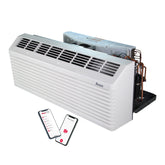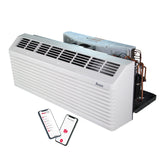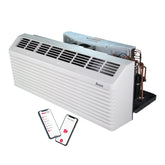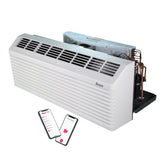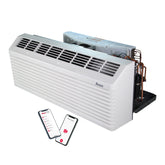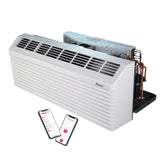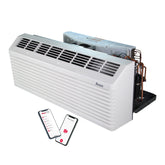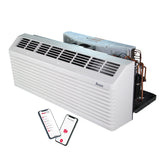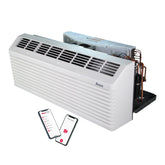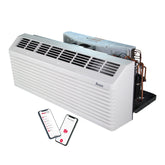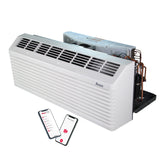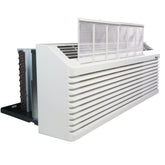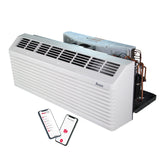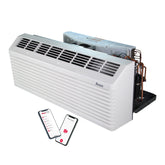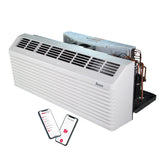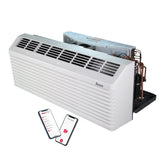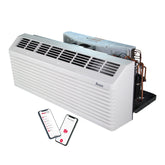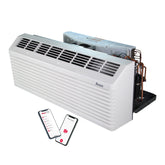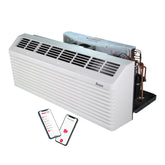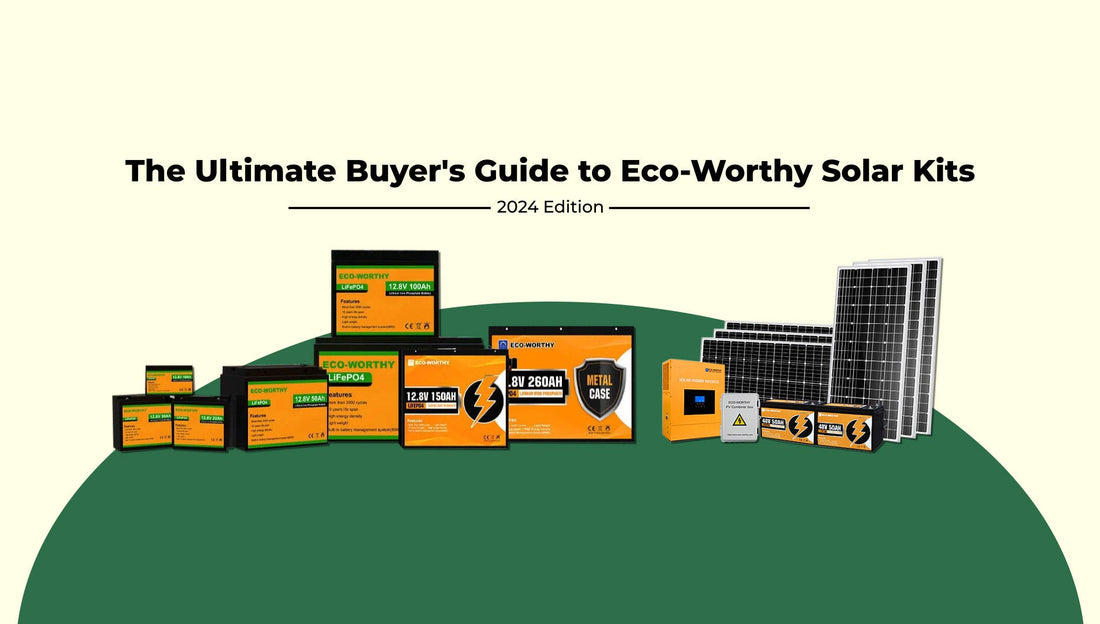
In today's world, the shift towards renewable energy sources has become more than a trend—it's a necessity. As the global community becomes increasingly aware of the environmental impacts of fossil fuels, solar power emerges as a leading solution in the quest for clean, sustainable energy. Among the plethora of options available, Eco-Worthy stands out as a beacon for homeowners seeking to harness the sun's power. Specializing in accessible, efficient, and reliable solar energy solutions, Eco-Worthy offers a range of solar kits designed to meet a variety of home energy needs. Whether you're looking to decrease your carbon footprint, reduce energy bills, or achieve energy independence, selecting the perfect Eco-Worthy solar kit is a significant first step on this empowering journey.
Table Of Contents:
Understanding Your Energy Needs
Embarking on the journey to solar energy begins with a critical first step: accurately determining your home's energy consumption. This assessment is crucial for selecting an Eco-Worthy solar kit that meets your current and future energy usage.
Calculating Your Energy Consumption
- Review Electricity Bills: Examine your electricity bills from the past year to understand your monthly energy usage patterns, focusing on the kilowatt-hours (kWh) consumed.
- Calculate Average Daily kWh Usage: Add up your total yearly consumption and divide by 365 to find your average daily energy needs.
- Account for Specific Appliances: Consider the energy demand of individual appliances and devices, including seasonal variations like heating in winter or cooling in summer.
Estimating Solar Power Production
- Geographic Location: Your home's location affects solar power potential, with certain areas receiving more sunlight.
- Panel Orientation and Shading: The direction your panels face and potential obstructions like trees can impact production.
- Sunlight Hours: The number of daylight hours your property receives is key to estimating solar output.
- Use Solar Irradiance Maps: Tools and calculators can help estimate the electricity output for your area, guiding the size of the solar kit you need.
Evaluating Solar Kit Options
With a solid grasp of your household's energy needs, you're now poised to explore the diverse range of Eco-Worthy solar kits. Each kit is designed with specific applications and energy demands in mind, ensuring there's a perfect match for every homeowner. This section will guide you through the key considerations and features of different Eco-Worthy solar kits, helping you make an informed decision tailored to your unique situation.
Overview of Eco-Worthy Solar Kits
- Off-Grid Kits: Ideal for remote locations without access to the power grid. These kits typically include solar panels, a charge controller, batteries for energy storage, and an inverter to convert solar power into usable electricity.
- Grid-Tied Kits: Designed for homes connected to the utility grid. These systems can offset your electricity bill and, in some regions, allow you to sell excess power back to the grid.
- Portable Solar Solutions: Perfect for on-the-go power needs, such as camping, RVing, or boating. These kits are compact, lightweight, and designed for easy mobility.
Key Features and Benefits
- Energy Efficiency: Eco-Worthy kits are engineered for maximum sunlight absorption and conversion efficiency, ensuring you get the most power per square foot of solar panel.
- Durability and Reliability: Constructed with high-quality materials, these solar kits are built to withstand harsh weather conditions and provide reliable energy for years.
- Expandability: Many Eco-Worthy kits offer the flexibility to add more panels or batteries, allowing your system to grow with your energy needs.
- Easy Installation: Designed with the DIY enthusiast in mind, Eco-Worthy kits come with comprehensive instructions and customer support for a hassle-free setup.
Considerations for Choosing a Solar Kit
Selecting the right Eco-Worthy solar kit involves more than just matching your energy needs with system capacity. Several other factors play crucial roles in ensuring that your solar investment is efficient, cost-effective, and suitable for your home’s specific conditions. This section highlights these considerations, guiding you toward making the most informed decision.
Key Factors to Consider
- Energy Efficiency: Look for solar kits with high-efficiency panels to maximize energy production in limited spaces.
- Panel Quality: High-quality panels are more durable and maintain their efficiency over longer periods, ensuring better long-term value.
- System Size and Expandability: Consider not only your current energy needs but also potential future increases. Systems that allow for easy expansion can accommodate growing energy demands without a complete overhaul.
- Installation Space: Assess the available space on your roof or property. The physical size and number of panels should fit well within this area, considering optimal orientation and angle for sunlight exposure.
- Legal and Regulatory Considerations: Check local regulations, zoning laws, and homeowners' association rules that may impact solar installation. Additionally, look into available government incentives or rebates that could make your investment more affordable.
Installation and Maintenance
- Professional vs. DIY Installation: Eco-Worthy kits are designed with DIY installation in mind, but some homeowners may prefer professional installation. Consider your comfort level with such projects and the potential need for special tools or equipment.
- Maintenance Requirements: While solar systems generally require minimal maintenance, understanding the upkeep can help ensure peak performance. This includes regular cleaning of panels and checking connections and mounts.
Cost vs. Return on Investment
- Initial Investment: The upfront cost of a solar kit can be significant, but it's important to evaluate this against long-term savings on electricity bills and potential increases in property value.
- Payback Period: Estimate the time it will take for the savings from your solar system to cover the initial purchase and installation costs. A shorter payback period increases the financial appeal of a solar investment.
Eco-Worthy's Solar Kit Components
Choosing the perfect Eco-Worthy solar kit for your home involves understanding the key components that make up a solar power system. Each component plays a specific role in converting sunlight into usable electricity, storing that electricity, and ensuring that your home can effectively use the solar power generated. Here’s a breakdown of the main components included in Eco-Worthy solar kits and how they contribute to your home’s energy system.
Solar Panels
- Function: Solar panels capture sunlight and convert it into direct current (DC) electricity.
- Considerations: When selecting a kit, consider the type and size of the panels. Eco-Worthy offers options ranging from small, portable panels for light use to larger panels designed for significant energy generation.
Charge Controllers
- Function: Charge controllers regulate the voltage and current coming from the solar panels to the batteries, preventing overcharging and damage.
- Considerations: Ensuring your kit has a high-quality charge controller is crucial for the longevity and efficiency of your battery storage system.
Batteries
- Function: Batteries store the electricity generated by your solar panels for use when the sun isn’t shining, such as during the night or on cloudy days.
- Considerations: Battery capacity is a key factor, as it determines how much power you can store. Look for durable, high-capacity batteries to maximize your system's reliability and performance.
Inverters
- Function: Inverters convert the DC electricity stored in the batteries into alternating current (AC) electricity, which is the standard electrical form used in homes.
- Considerations: The inverter's capacity should match or exceed your home's peak electricity usage to ensure all your needs are met seamlessly.
Mounting Hardware
- Function: This hardware securely attaches your solar panels to the roof, ground, or other structures, ensuring they are properly oriented and stable.
- Considerations: Choose a kit with versatile and durable mounting options to accommodate your specific installation site and to withstand local weather conditions.
Cables and Connectors
- Function: These components are used to connect the solar panels, charge controller, batteries, and inverter into a cohesive system.
- Considerations: Ensure the kit includes high-quality cables and connectors for efficient energy transfer and long-term durability.
Installation and Maintenance
After selecting the perfect Eco-Worthy solar kit that fits your energy needs and preferences, the next steps involve the installation process and understanding the maintenance requirements to ensure your system operates efficiently over the long term. This section covers the basics of installing your Eco-Worthy solar kit and provides tips for maintaining your solar power system.
Installation Process
- DIY Installation: Eco-Worthy solar kits are designed for easy, DIY installation, allowing homeowners to set up their systems with basic tools and no special technical skills. Detailed instructions and online support resources are provided to guide you through the process.
- Professional Installation: If DIY is not your preference or if your installation is complex (e.g., integrating with an existing power system or dealing with challenging roof configurations), considering a professional installer might be beneficial. Professional installers can ensure your system is set up correctly and efficiently.
Maintenance Tips
- Regular Cleaning: Keep your solar panels clean from dust, debris, and snow to maintain their efficiency. A soft cloth or brush and soapy water are usually sufficient for cleaning.
- System Checks: Periodically check your system's components, such as cables, connectors, and mounts, for any signs of wear or damage. Tighten any loose connections and replace damaged parts as needed.
- Battery Maintenance: If your system includes lead-acid batteries, check the water levels and refill as necessary. For all battery types, ensure they are stored and used within their recommended temperature ranges to prolong their lifespan.
- Monitoring System Performance: Keep an eye on your system's energy output to identify any potential issues early. Many solar kits come with monitoring tools that allow you to track performance digitally.
Conclusion
Embracing solar energy with an Eco-Worthy solar kit represents a significant step towards sustainable living and energy independence. By carefully assessing your energy needs, understanding the components of your solar kit, and following through with a thoughtful installation and maintenance plan, you're not just installing a solar system—you're investing in a greener future.









